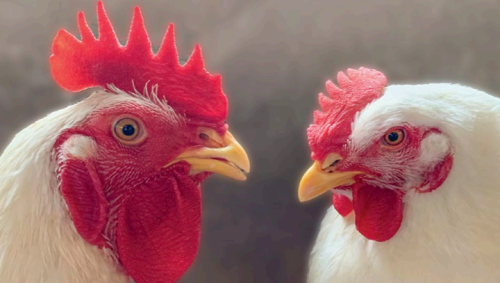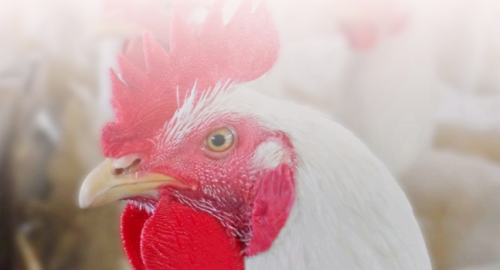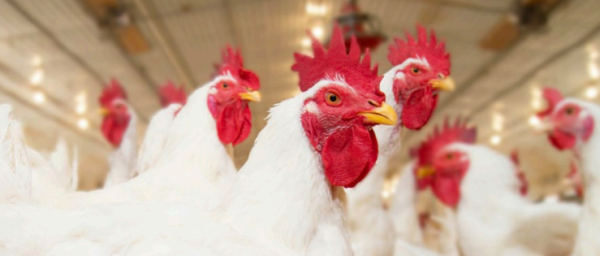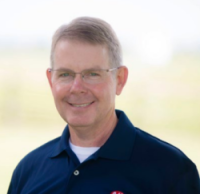Implementing a successful spiking program can compensate for the natural decline in flock fertility as the original “primary” males exceed 45 weeks of age. The general decline is not necessarily due to reduced sperm quality but rather factors associated with mating activity.
There are various reasons for mating decline including the following:
A spiking program should be designed as a normal part of the production phase of the breeder operation.
The spiking should never become the “crutch” used to fix poor breeder male management but rather used when necessary to maintain flock fertility. There are several spiking programs to consider based on availability of spike males and biosecurity challenges.

METHOD 1. INTRA SPIKING
Remove all the high-quality primary males from a single house or compartment, and intra-spike with the other houses or compartments on the same farm. The house with the primary males removed will receive the spiking males.
This procedure will not induce competition between primary and spiked males and is a very effective way to preserve and use the spiking males to their full extent (see section on Intra-Spiking in the Cobb Breeder Guide).
METHOD 2. NEW MALE SPIKING FROM SPIKE HOUSE
To each house, add a minimum of 20 % new young males that are at least 25 weeks of age, with bodyweight of approximately 4.0 kg (8.8 lb). This program works well when there is 10 % bodyweight difference between the primary and spike males.

METHOD 3. NEW MALE SPIKING FROM YOUNG FLOCK
Heavier males are removed from a young parent stock flock at 26 weeks of age. (These males know where to eat and drink and how to mate). Mix these males in a flock with primary males or in a house where primary males were removed.
This program is popular in farms that have 100 % floor operations, and higher percentages of males through 26 weeks. You should be able to house 10 to 11 % males without experiencing dominant male behavior.

METHOD 4. BACK SPIKING
Take males that were introduced to a hen farm as new spikes prior to depopulation and use them to spike another flock. This method is generally unpopular because of the biosecurity risks it presents.
CRITERIA FOR SPIKE MALES
The introduction of spike males to an established breeder house will create a challenging environment until a new pecking order is established. Like primary males, spike males must be uniform, good quality and able to compete.
Spike males should be reared the same way as primary males. Spike male must be at least 25 weeks of age, a minimum of 9 lb (4.08 kg), sexually mature and on the same feed and light schedule as the receiving flock. Be aware of the biosecurity risks that spiking creates.
Any health vulnerability in the primary flock or spike males will likely be exposed during the weeks following spiking. Spike males may be reared on farm in a pen separate from the flock or at another location.

If the spike flock is healthy, take steps to reduce exposure during transport by using enclosed vehicles and choosing a route that avoids all poultry.
The number of spike birds added to a house is based on restoring the mating percentage (ratio of male to female). Tracking breeder mortality and cull bird removal is important in running a successful spike program because the male to female ratio will change as the flock ages. Prior to spiking, it is important to make one additional review of the males and cull any unproductive males.
These are birds that are using resources but not contributing to flock fertility. Remove any males that have leg or feet issues or difficulty moving. Check coloration and development of comb and wattles. Also check the vent area of the rooster as the vent of actively mating males will be red, moist and have reduced feather coverage.
When implementing any spike program, it is important to spike with a minimum of 20 % new males.
Primary males will dominate spiking males if an insufficient number of spike males is introduced. In general, for production houses without slats, allow the initial placement of 9 to 10 % males to females decrease to 7.5 % by 40 weeks before spiking back to 9 %. Spike slatted houses back to 9 % when the male to female ratio drops below 7 %.
GREAT EXPECTATIONS
Successful spiking programs are part of the normal production management schedule. A single spike between 35 and 40 weeks of age is usually sufficient although an additional spike after 8 to 10 weeks may be beneficial.
Spiking after 55 weeks is a waste of time and resources. Incorrect spiking procedures can be disastrous to fertility and hatchability as the primary and spike males re-establish the social hierarchy. In some cases, higher than normal mortality of spike males will defeat the purpose of spiking. Careful recording and tracking of primary male mortality will indicate the appropriate time to spike the flock.

Correct spiking technique will restore male to female ratios to transfer levels. The introduction of spike males will renew male mating activity resulting in 2 to 3 % increase in fertility and the same percentage improvement in hatchability.
Although there will be some mating interference as the old and new males establish social hierarchy, it should not be reflected in fertility or spike male mortality. The impact of spiking will generally last 6 to 8 weeks.
Find additional spiking information in the newly revised Cobb Breeder Guide https://www.cobb-vantress.com/resource/management-guides.

About the author: Jim Jones joined the Cobb technical service team in 2017 after working 25 years for a large hatching egg producer in the US. Jim holds a bachelors degree in Agricultural Business, from the University of Arkansas.
Subscribe now to the poultry technical magazine